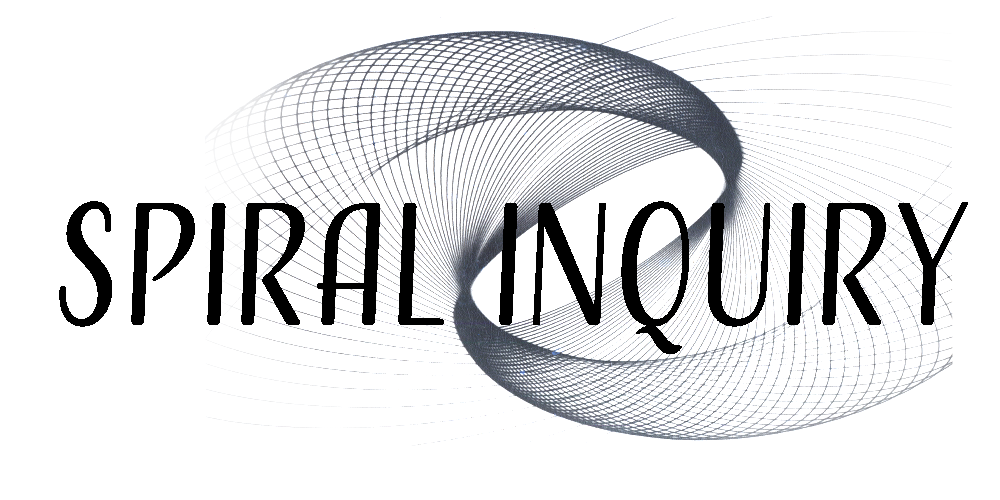This is an excellent article from the Templeton Foundation Hope and Optimism initiative. It explains the differences between “dispositional optimism” and “positive illusions” and the role they play in how we view and respond to the world. The former is particularly beneficial as part of emotional wellbeing. The research also explores how—and when—to cultivate optimism.
Source: Optimism Gets a Bad Rap. Here’s Why It’s More Necessary Than Ever – John Templeton Foundation
Research uncovers how—and when—to cultivate optimism
Optimism suffers from a bad reputation in contemporary culture. At best, it’s painted as sweetly misguided and naïve. (“Pollyanna,” once the heroine of a classic children’s novel, is now a dismissive nickname for anyone with an overly-cheerful demeanor.) At worst, it’s seen as willfully, even immorally, oblivious to the way the world works. Optimism, we often assume, is for those who can’t face reality.
Which may have you wondering: is it wrong to be optimistic? Would we be better equipped to weather life’s downturns and address injustice with a glass-half-empty perspective?
Experts don’t think so. In fact, research has uncovered good reasons — moral, personal, and social — to pursue a sunnier outlook. As Professor Michael Milona of Ryerson University explores in this review, the Hope and Optimism Initiative points to optimism’s array of health, social, and emotional benefits. Even if you struggle to see the good in your circumstances or wonder whether it’s morally right to look for glimpses of light in a hurting world, optimism has something to teach us.
Funded by the John Templeton Foundation and led by researchers at Notre Dame, Cornell, and the University of Pennsylvania, the Hope and Optimism Initiative helps answer the questions: Is optimism worth cultivating? And if it is—as researchers believe it to be—how do we do it?
OPTIMISM FROM TWO ANGLES
Psychologists and academics approach optimism using two definitions: dispositional optimism and positive illusions. Think of dispositional optimism as a personality trait you inherit. A dispositionally optimistic person expects that things will go well for him. These are the Ted Lassos of the world, expecting the best from themselves and others—and then working toward that end.
Much like other traits—from friendliness to caution to generosity—this kind of optimism exists along a spectrum. Rather than thinking of someone as either a cheerful optimist or a dour pessimist, it’s more accurate to understand them as having a more (or less) optimistic outlook.
Positive illusions, on the other hand, cause people to believe things are better than they actually are. These “small distortions of reality” are the rose-colored glasses we don to brighten the world’s true colors. While dispositional optimism remains stable in most people, positive illusions shift according to circumstances and mood. Irrational by definition, these distortions have led some to regard optimism as misguided, or worse, willfully ignorant. But that doesn’t mean they’re all bad.
THE BENEFITS OF A SUNNIER OUTLOOK
Dispositional optimists—let’s call them Half-Fullers—tend to enjoy greater emotional wellbeing than those who take a pessimistic view. There’s a few reasons for this. For one, Half-Fullers are magnets, drawing people in with their warmth and forward motion. By expecting better things ahead, and setting goals to help them get there, they can rise above despair during difficult times. Half-Fullers are better able to identify and pursue worthy goals, while their less-optimistic peers struggle to differentiate between important and unimportant milestones.
The benefits of positive illusions are more nebulous—but they do exist, particularly when it comes to relationships. Seeing things in a positive light means someone is more likely to reinterpret their partner’s weaknesses as strengths. Rose-colored glasses can turn a partner’s impulsivity into spontaneity, her stubbornness into integrity. This kind of vision is often self-fulfilling; when one partner idealizes the other, the idealized partner tends to step up his game and act accordingly.
BUT WHAT ABOUT THE FOOTBALL, CHARLIE BROWN?
The traditional argument against optimism is that it leaves us vulnerable to disappointment, blindsided by life’s inevitable downturns. But as research indicates—and Charlie Brown confirms—maintaining an ever-hopeful perspective can actually help us bounce back after life pulls the proverbial football out from under our feet. Research shows that Half-Fullers tend to experience the same level of distress following tragedy as their glass-half-empty counterparts. What’s more, because they are better at finding new goals, optimists more easily reorient their lives in new directions.
When it comes to positive illusions, however, their irrational nature does make us prone to disappointment. Students who view their abilities through rose-colored glasses, for example, will soon find that their grades and their illusions conflict. This can cause a dip in self-esteem and reverse the initial confidence they enjoyed while clinging to positive-but-unfounded beliefs.
HOW AND WHEN TO CULTIVATE OPTIMISM
Given the mixed nature of an optimistic outlook, should we try to cultivate optimism—and if so, how?
The simple answer is yes, at least when it comes to dispositional optimism. Whether or not you’re a Half-Fuller by nature, researchers have found that we can strengthen our optimism muscle through mental exercises and habit formation. For example, you might spend five minutes each day imagining your ideal self, or practice healthy coping strategies when you encounter disappointment. By acting in the way that optimists act—and reaping the same rewards—you’re likely to see the glass as half-full more often.
As for positive illusions, we can choose whether or not we subscribe to them. But whether we should reach for our rosy glasses is less clear. Philosopher Lisa Bortolotti suggests that we should aim to pair positive illusions with a sense of agency. She suggests cultivating “illusions of control,” which create thought patterns of positive self-belief (“I can do this!”). Positive illusions alone only enhance our mood and self-esteem in the short-term. But when paired with a belief in our own agency, these illusions lead us to more constructive behavior over the long run.
STILL CURIOUS?
Now we know the benefits of optimism, as well as how to practice it. But optimism has its limits—and that’s where hope comes in. To read more discoveries from the Hope & Optimism Initiative, click here.

















